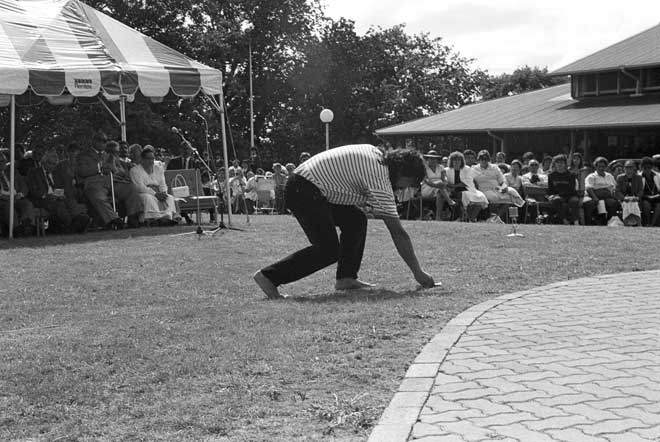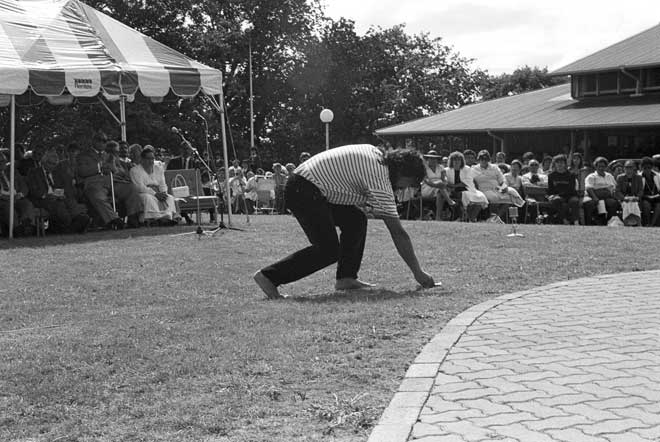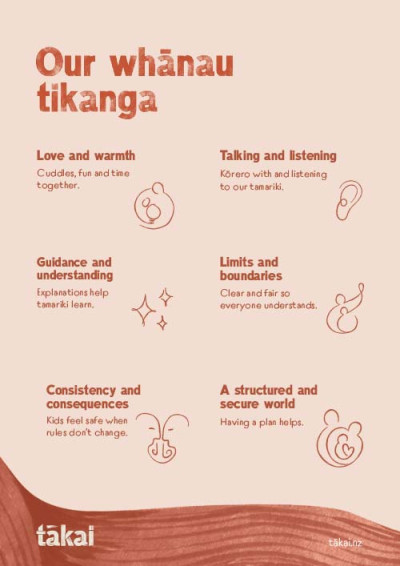
Koha for mokopuna
The giving of koha is an important part of tikanga Māori, commonly practised in both formal and informal ways. Whānau can give the koha of safety and security to mokopuna by sharing their time and attention through routines, play ideas and activities.
Koha is a common tikanga in Māori tradition – it involves the act of giving. The same tikanga applies today. In formal situations, taonga are usually given as a token of appreciation and respect. When visiting friends and whānau, a koha of kai may be appropriate, especially if it is a special recipe or dish.
Koha is a common practice in Aotearoa in many informal ways. Instead of charging an entrance fee to events and venues, a koha may be requested. This usually means that we give what we can afford. It’s still a freely given gift rather than a charge for services or entrance to an event.
We can also give gifts that don't cost anything. Giving mokopuna time and attention and making them feel safe and secure is the biggest koha any whānau can give them — it’s priceless.
Reciprocity
Koha is an example of reciprocity, which is an important part of tikanga Māori. Giving gifts by the manuhiri to the hau kāinga was traditionally in the form of food, although taonga are sometimes offered as koha. In more modern times a koha of cash is likely to be given.
The koha reflects the mana of both the giver and the recipient, reflecting what the giver is able to give, and the esteem in which they hold the person or group to whom they are making the gift. This important acknowledgment is part of forming good relationships and is taken very seriously.
Koha is part of the pōwhiri process
The traditional practice of koha happens today in Māori contexts. At hui, any money given helps with the actual costs associated with the meeting, and for the benefit of non-Māori unfamiliar with the custom, some marae may suggest a particular amount be given as koha.
This image from Te Ara: The Encyclopedia of New Zealand depicts pōwhiri , te kawa o te marae (marae protocol), and the act of koha.
University of Auckland, Department of Anthropology, Anthropology Photographic Archive
Reference: 441745
Photograph by Maureen Lander
Giving koha to mokopuna
There are many things that could be considered a koha for mokopuna. It might be as simple as having a ritual before their moe , talking to each other, playing together or sharing a story.
These routines have the ability to help a young child feel safe and secure. This sense of safety has been identified as a key factor in promoting effective discipline.
Look at the Ara Mātua parenting pathway(external link) for other ideas on what could be considered koha. Enjoying any one of the many play ideas and activities in this resource are a koha for mokopuna.
Conversation ideas
Helpful resources for whānau
-
Children's Voices<
Children's VoicesChildren's voices is a compilation of interviews with young children from many different backgrounds and cultures. Their words inspire parents to think about what really matters.














